Youths who use marijuana heavily are at greater risk of developing prediabetes, according to a new study released in September. But cannabis smokers are no more likely than others to actually develop full-blown diabetes.
 The study’s results were published Sept. 13 in Diabetologia, a medical journal. Researchers analyzed data from the Coronary Artery Risk Development in Young Adults study (CARDIA), which include responses from more than 3,000 subjects at age 32 and again at age 50.
The study’s results were published Sept. 13 in Diabetologia, a medical journal. Researchers analyzed data from the Coronary Artery Risk Development in Young Adults study (CARDIA), which include responses from more than 3,000 subjects at age 32 and again at age 50.
Scientists concluded that young adults who consume marijuana are 40 percent more likely to develop prediabetes by middle age.
“We tried to capture . . . marijuana use in young adulthood, when you would assume it would be the highest” and then look for signs of prediabetes or diabetes, said Michael P. Banks of the University of Minnesota School of Public Health. “It is unclear how marijuana use could place an individual at increased risk for prediabetes, yet not diabetes.”
Marijuana’s effect on blood sugar levels
Researchers have a couple of theories, however. For one, marijuana may exert a greater effect on blood sugar levels in the prediabetic stage. For another, there could be other variables – for example, the same genes that make people susceptible to substance use might also make them susceptible to prediabetes.
Scientists said more research will be needed to fully explain how marijuana use impacts the risk of developing diabetes.
But this isn’t the first study on the topic. Earlier research has concluded that heavy cannabis smokers tend to lose weight despite increased hunger (the “munchies”), and that the drug can reduce insulin resistance and insulin levels in people at risk of type 2 diabetes.
Diabetes comes in several forms, but the most common are type 1 and type 2. Type 1 is mostly a childhood disease and has unknown causes. Type 2 is usually caused by obesity or other health concerns, and typically strikes later in life.
Study results apply to type 2 diabetes
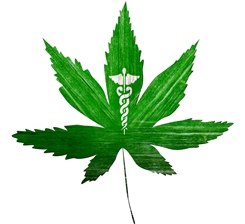 The results of the new study only apply to type 2 diabetics. This disease involves insulin resistence, in which the body rejects attempts by insulin to deliver glucose (sugar) to its cells. Weight loss is also a critical component of preventing type 2 diabetes and treating it, and cannabis leads to slimmer waistlines, according to scientists.
The results of the new study only apply to type 2 diabetics. This disease involves insulin resistence, in which the body rejects attempts by insulin to deliver glucose (sugar) to its cells. Weight loss is also a critical component of preventing type 2 diabetes and treating it, and cannabis leads to slimmer waistlines, according to scientists.
There have been few studies into the efficacy of marijuana in treating symptoms of type 1 diabetes, but at the very least it may help protect these patients from also developing type 2 diabetes in middle age.
The new study, which covered a 25-year time frame, found that heavy cannabis users are more likely to be men (62 percent), to currently smoke cigarettes (39 percent), and to drink more than one alcoholic beverage per day (31 percent). Chronic marijuana users were also more likely to use hard drugs, including cocaine (40 percent), crack cocaine (34 percent), amphetamines (30 percent), and heroin (6 percent).
Study: MJ Linked to Prediabetes, but Not Diabetes
 The report, released in September, examined
The report, released in September, examined  This is especially true for patients who use powerful opiate painkillers and then start smoking cannabis. Opiates and their synthetic cousins, opioids, account for the origins of a massive heroin scourge sweeping the East Coast. Patients typically start on a prescription painkiller, often Oxycontin, get hooked, and then move up to heroin when the pills become too expensive or too hard to get.
This is especially true for patients who use powerful opiate painkillers and then start smoking cannabis. Opiates and their synthetic cousins, opioids, account for the origins of a massive heroin scourge sweeping the East Coast. Patients typically start on a prescription painkiller, often Oxycontin, get hooked, and then move up to heroin when the pills become too expensive or too hard to get. The company behind the New York City store said in September that it should open its doors in January. That means
The company behind the New York City store said in September that it should open its doors in January. That means  New York’s
New York’s  The numbers, released in September by the U.S. Substance Abuse and Mental Health Services Administration, show that
The numbers, released in September by the U.S. Substance Abuse and Mental Health Services Administration, show that  More states are
More states are  The survey, conducted by Public Sector Consulting and Michigan Radio, found that nearly 56 percent of Michigan voters
The survey, conducted by Public Sector Consulting and Michigan Radio, found that nearly 56 percent of Michigan voters  “The results indicate that this is not a slam dunk, but likely will get passed in some form, eventually,” pollsters said.
“The results indicate that this is not a slam dunk, but likely will get passed in some form, eventually,” pollsters said.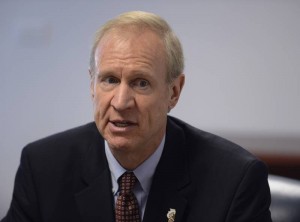 Gov. Bruce Rauner announced in September that he would not allow an expansion of the program and would veto legislation seeking to expand it. Rauner
Gov. Bruce Rauner announced in September that he would not allow an expansion of the program and would veto legislation seeking to expand it. Rauner 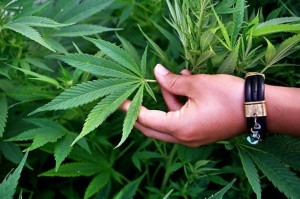 Between 11 and 20 percent of all veterans of the wars in Iraq and Afghanistan, together with 15 percent of Vietnam veterans, experience PTSD, according to the U.S. Department of Veterans Affairs. Twelve states have legalized the
Between 11 and 20 percent of all veterans of the wars in Iraq and Afghanistan, together with 15 percent of Vietnam veterans, experience PTSD, according to the U.S. Department of Veterans Affairs. Twelve states have legalized the  A Blair County trial judge then sentenced him on 16 separate counts, each carrying a mandatory minimum sentence, and ruled that the terms would run consecutively. The net result: a sentence of between 105 and 216 years in prison,
A Blair County trial judge then sentenced him on 16 separate counts, each carrying a mandatory minimum sentence, and ruled that the terms would run consecutively. The net result: a sentence of between 105 and 216 years in prison, 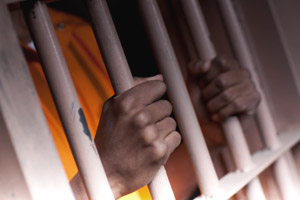 Mizanskey was finally freed last month, after Missouri Gov. Jay Nixon commuted his sentence. He was paroled after roughly 20 years behind bars.
Mizanskey was finally freed last month, after Missouri Gov. Jay Nixon commuted his sentence. He was paroled after roughly 20 years behind bars. But there’s another group of people whose right to use even
But there’s another group of people whose right to use even 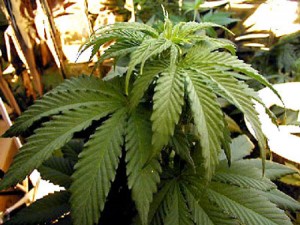 Sadly, there isn’t much data to determine exactly how cannabis affects medical competence. The drug can interfere with certain cognitive functions and can sometimes cause tremors, among other potential problems for a practicing physician.
Sadly, there isn’t much data to determine exactly how cannabis affects medical competence. The drug can interfere with certain cognitive functions and can sometimes cause tremors, among other potential problems for a practicing physician. The study, published in the journal Pediatrics, found that
The study, published in the journal Pediatrics, found that  But there isn’t much they can do. Indian reservations interact with the U.S. government through formal treaties and fall outside the jurisdiction of the states.
But there isn’t much they can do. Indian reservations interact with the U.S. government through formal treaties and fall outside the jurisdiction of the states. The Medical Board of California formally accused Dr. Gunjan Goel, a surgeon at the University of California San Diego, of practicing medicine
The Medical Board of California formally accused Dr. Gunjan Goel, a surgeon at the University of California San Diego, of practicing medicine  Goel was not charged with a crime as of early September. Medical misconduct is a professional allegation rather than a criminal charge, so at most, Goel could be fined and stripped of her medical license.
Goel was not charged with a crime as of early September. Medical misconduct is a professional allegation rather than a criminal charge, so at most, Goel could be fined and stripped of her medical license.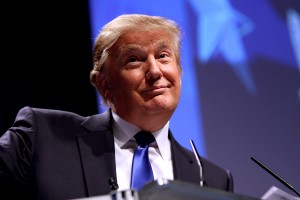 But what has The Donald actually
But what has The Donald actually 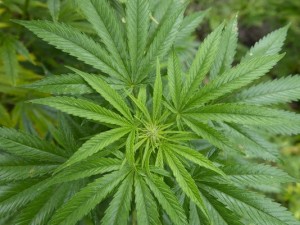 His comments in February at the annual Conservative Political Action Conference may give
His comments in February at the annual Conservative Political Action Conference may give 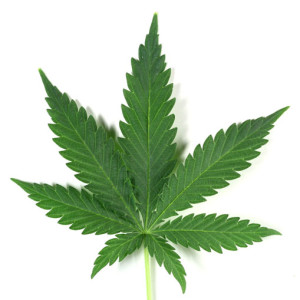 The survey, from the University of Michigan, found
The survey, from the University of Michigan, found  The real downside to the report is that use of hard drugs is also on a steady climb. Amphetamines, including prescription medications, are increasingly being abused by students cramming for exams.
The real downside to the report is that use of hard drugs is also on a steady climb. Amphetamines, including prescription medications, are increasingly being abused by students cramming for exams.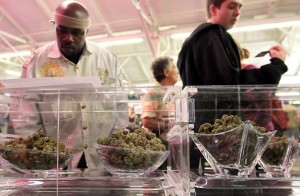 The big ones are legend: The Cannabis Cup, HempFest, the Emerald Cup, all draw some of the best talent and product in the business. There are major expos almost everywhere that marijuana is legal, with the possible exception of Alaska.
The big ones are legend: The Cannabis Cup, HempFest, the Emerald Cup, all draw some of the best talent and product in the business. There are major expos almost everywhere that marijuana is legal, with the possible exception of Alaska. On a smaller scale, the Cannabis World Congress expo is all about green business opportunities and industry networking. It’s geared toward professionals and entrepreneurs, providing classes, exhibits, products, and services on everything from accounting to vaporizers.
On a smaller scale, the Cannabis World Congress expo is all about green business opportunities and industry networking. It’s geared toward professionals and entrepreneurs, providing classes, exhibits, products, and services on everything from accounting to vaporizers.